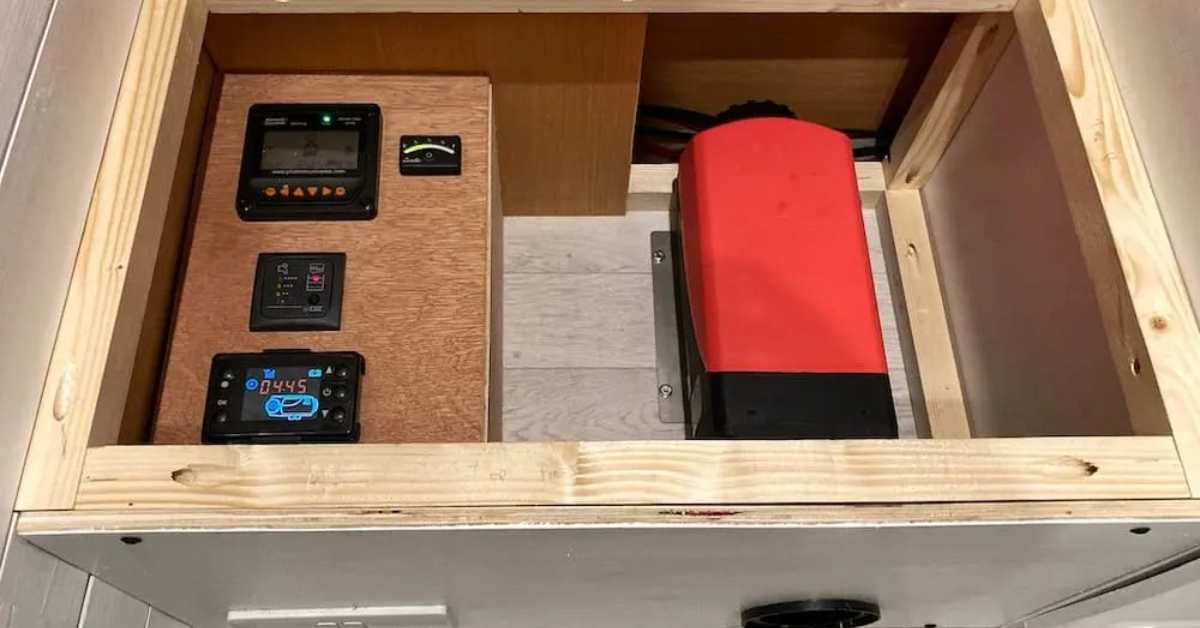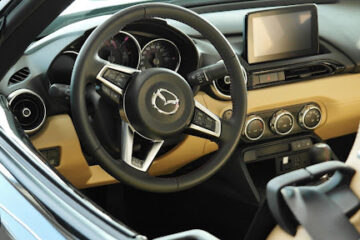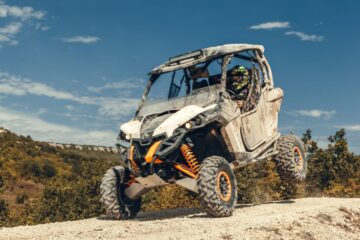Choosing the right diesel heater size can make the difference between a cozy night in an RV and one spent shivering under extra blankets. Diesel heaters use little fuel and power, making them ideal for off-grid camping or long trips. A 2kW heater fits small or medium RVs and camper vans best, while a 5kW model suits larger rigs or those with more heat loss.
The right choice depends on the space inside, insulation, and how cold the environment gets. A smaller heater may struggle to keep up in large spaces, but a bigger one can feel too warm in tight quarters. Therefore, understanding how each size performs helps avoid wasted fuel and discomfort.
This guide explains how to match heater size to vehicle type, compares popular models, and highlights features that improve comfort and efficiency. By the end, it becomes clear which diesel heater size keeps travel warm without wasting energy.
Choosing the Right Size Diesel Heater for Your RV or Camper Van
The correct diesel heater size depends on the interior space, insulation quality, and how often the vehicle faces cold temperatures. Power output, fuel use, and noise levels also matter because the wrong size can waste energy or leave the space cold.
Key Factors in Diesel Heater Sizing
Heater size determines how quickly and evenly the cabin warms up. A small unit may struggle to maintain heat, while an oversized one can cycle too fast and waste fuel. The goal is to match the heater’s output to the space and insulation level.
Most diesel heaters range from 2kW to 8kW. Smaller units suit compact vans, while larger models fit motorhomes or RVs with more interior volume. Temperature range, altitude, and expected use time also affect the right choice.
A compact carry diesel heater offers a portable solution for smaller setups or backup use. It works well for campers who travel in mild climates or need targeted heating in one area.
Fuel efficiency also matters. Many models use between 0.1 and 0.6 liters of diesel per hour, depending on power output. Lower wattage heaters tend to use less fuel but may take longer to reach a comfortable temperature.
Comparing 2kW, 5kW, and 8kW Models
A 2kW heater suits small camper vans or well-insulated spaces under 20 feet long. It runs quietly, uses little fuel, and draws minimal power from the battery. However, it may not keep up in freezing weather or large vehicles.
A 5kW heater fits mid-size campers and RVs. It balances heat output and fuel use, making it a common choice for most van conversions. This size can maintain warmth in moderate to cold conditions without frequent cycling.
An 8kW heater fits large RVs, buses, or rigs with poor insulation. It delivers strong airflow and quick heating but may consume more fuel. Proper venting and temperature control help prevent overheating and uneven heat distribution.
Each size has trade-offs, so the best choice depends on vehicle volume, insulation, and travel conditions rather than power alone.
Impact of Vehicle Size and Insulation
Vehicle size directly affects heat demand. A large RV with open floor space loses heat faster than a compact camper. Insulation quality also plays a major role. Thick insulation in walls, floors, and ceilings helps retain warmth and reduces heater workload.
Poor insulation can cause heat loss through metal panels and windows. In that case, even a powerful heater may struggle to maintain comfort. Adding window covers or foam panels reduces this problem.
Altitude and outside temperature also influence performance. At higher elevations, air becomes thinner, which can affect combustion efficiency. Some heaters include altitude adjustment features to maintain steady operation in mountain regions.
Common Sizing Mistakes to Avoid
Many users buy a heater based only on price or power rating. This often leads to poor performance. A heater that is too small runs constantly, burns more fuel, and wears out faster. One that is too large cycles on and off, creating uneven heat and more noise.
Ignoring insulation or ventilation is another mistake. Even the best heater cannot perform well if warm air escapes through gaps or vents.
Some owners skip proper installation or place the heater in a poor location. Airflow paths and exhaust routing must stay clear for safety and efficiency. Careful planning helps avoid wasted fuel and uneven heat inside the cabin.
Diesel Heater Features and Model Comparisons
Diesel air heaters vary in design, power output, and control features. The differences often depend on how they handle altitude, brand engineering, and price range. Each factor affects heating comfort, fuel use, and long-term reliability in an RV or camper van.
Automatic Altitude Adjustment and High Elevation Performance
At higher elevations, air becomes thinner, which changes how diesel burns. Without adjustment, heaters can run too rich or too lean, causing smoke or poor heat output. Models with automatic altitude adjustment correct the fuel-air ratio to maintain consistent performance.
The Webasto Air Top Evo 40 and Espar Airtronic S2 include sensors that detect air pressure and adjust automatically. These systems prevent carbon buildup and reduce maintenance needs. Basic Chinese diesel heaters often lack this feature and may need manual tuning above 5,000 feet.
Travelers who camp in mountain regions benefit most from heaters with altitude compensation. They start reliably, burn cleanly, and require less user input. For those who stay near sea level, a standard model without this feature usually performs well and costs less.
Brand Comparison: Webasto, Espar, and Chinese Diesel Heaters
Webasto and Espar are well-known for their precise German engineering and long service life. The Webasto Air Top 2000 STC offers quiet operation and efficient fuel use. The Espar Airtronic D2 provides similar output but with slightly faster warm-up times.
Both brands use high-quality materials and advanced safety sensors. Replacement parts are widely available but can be expensive. In contrast, Chinese diesel heaters cost far less and often come as complete kits with fuel tanks, ducts, and controls.
However, quality control varies between manufacturers. Some units work well for years, while others fail early. Buyers should check for models with metal combustion chambers and proper certifications. For frequent travelers or full-time van dwellers, established brands usually justify the higher price.
Budget vs Premium Diesel Heaters: What to Expect
A budget diesel heater can heat a small van effectively for a fraction of the cost of a premium model. Many 2kW or 5kW units from lesser-known brands provide decent warmth and low fuel use. They appeal to occasional campers or those testing van life on a tight budget.
Premium heaters such as the Webasto Air Top Evo or Espar Airtronic S2 cost several times more but deliver quieter operation and smoother control. They often include digital thermostats, altitude sensors, and cleaner combustion systems. The build quality also tends to last longer under daily use.
Buyers should weigh cost against usage patterns. A weekend camper might prefer a low-cost heater that needs more upkeep. Someone living full-time in a van will likely value the comfort, safety, and durability of a higher-end model.
Conclusion
A 2kW diesel heater fits most small or mid-size RVs and camper vans. It produces enough warmth for compact spaces without overheating or wasting fuel. Its smaller size also makes installation easier in tight areas.
Larger RVs or campers with more canvas or open space benefit from a 5kW model. It heats faster, stays quieter at lower settings, and handles greater heat loss. However, it may feel too warm in smaller interiors.
Therefore, the right choice depends on space size, insulation, and travel conditions. A 2kW unit suits compact setups, while a 5kW unit serves best in larger or less insulated vehicles. Both options provide dependable comfort for cold-weather travel.



